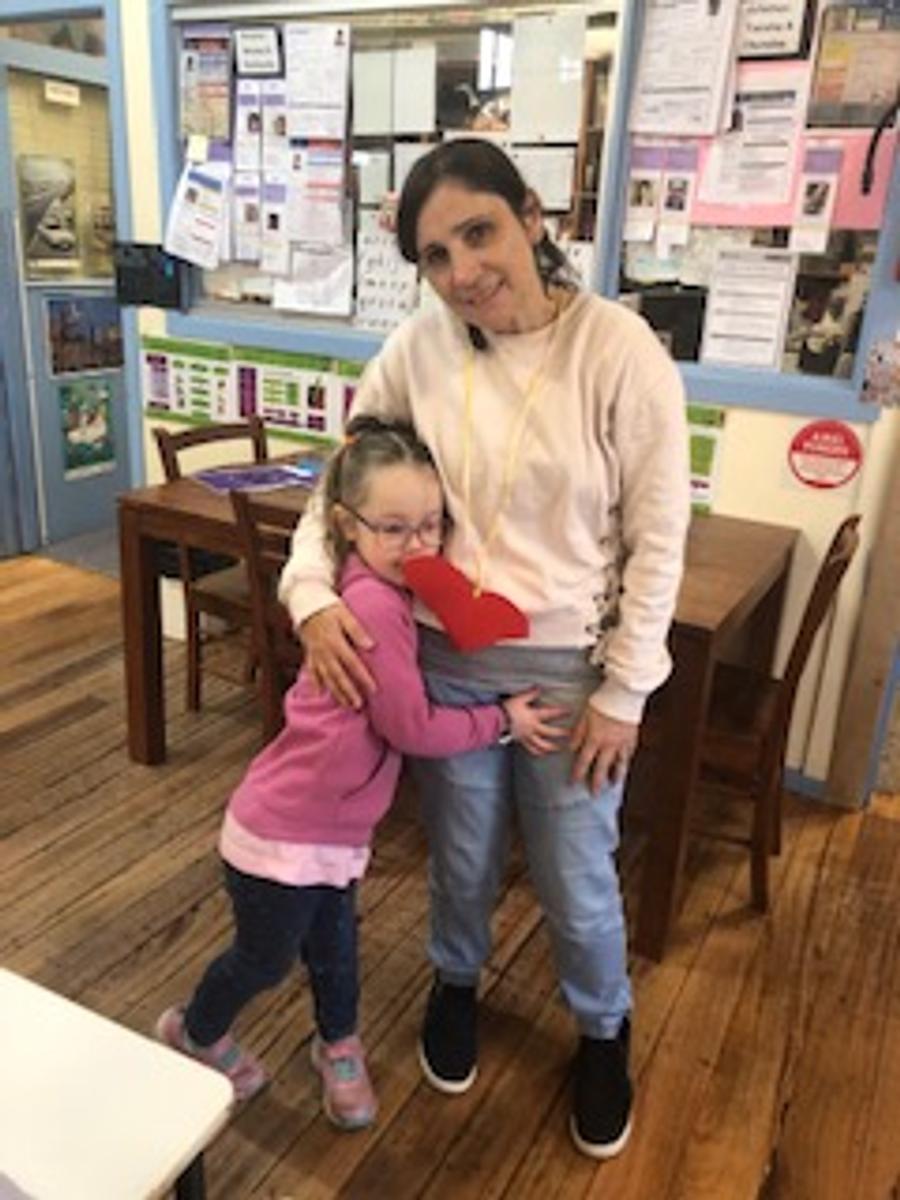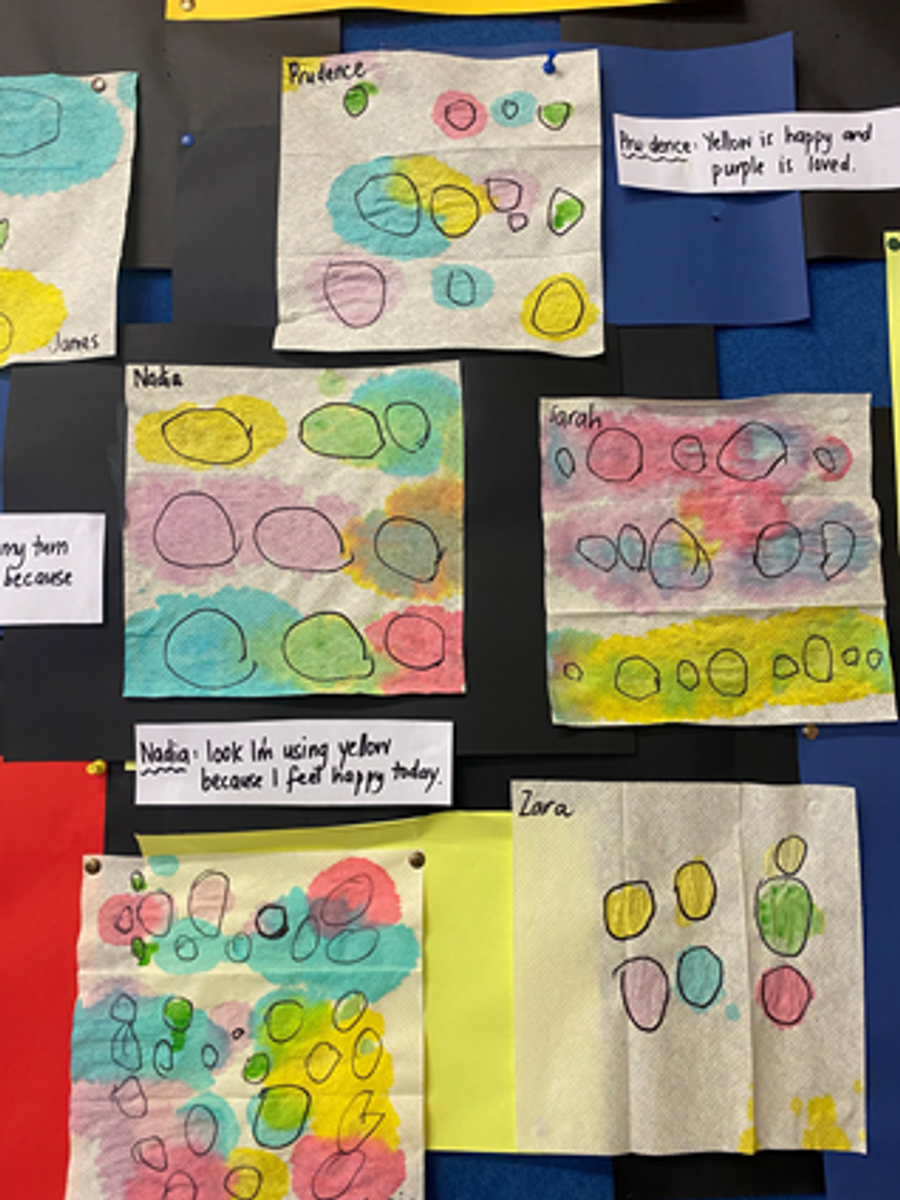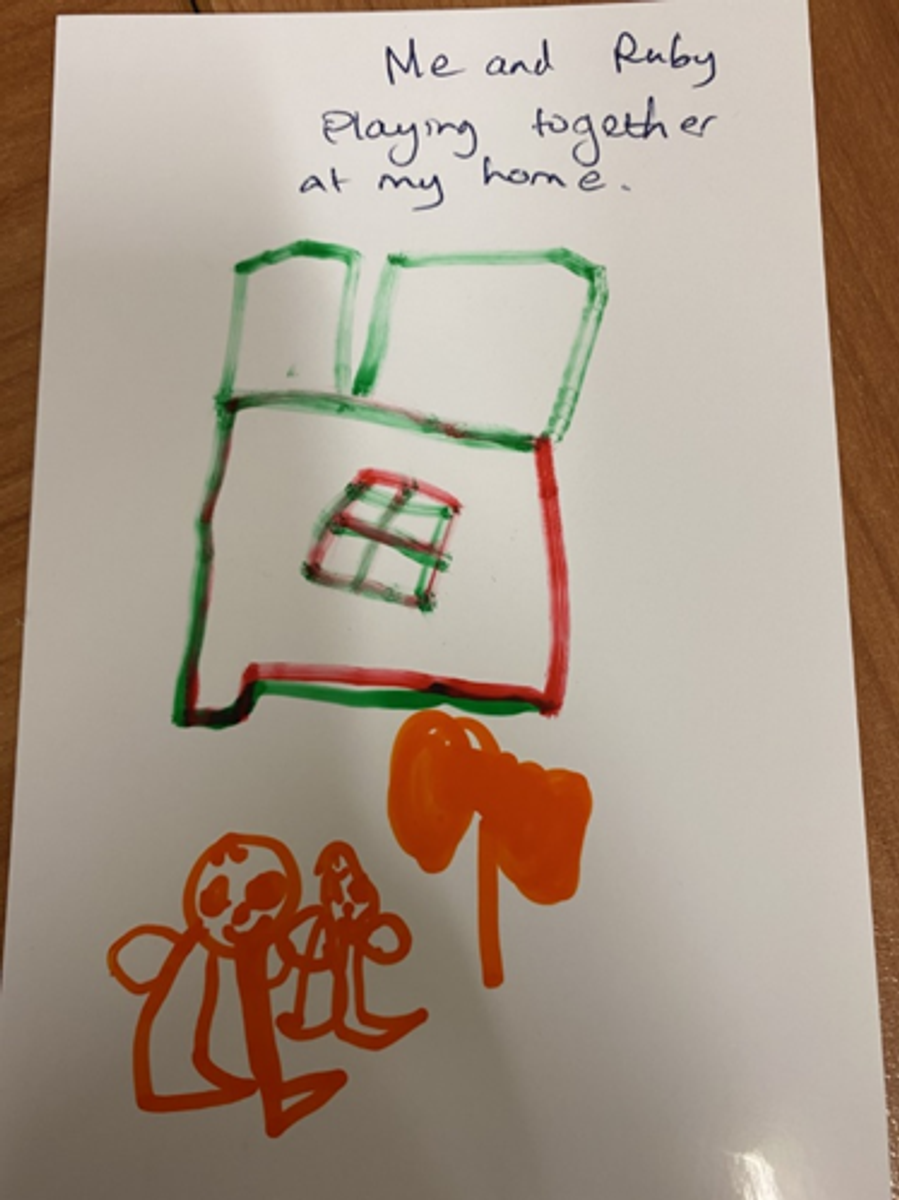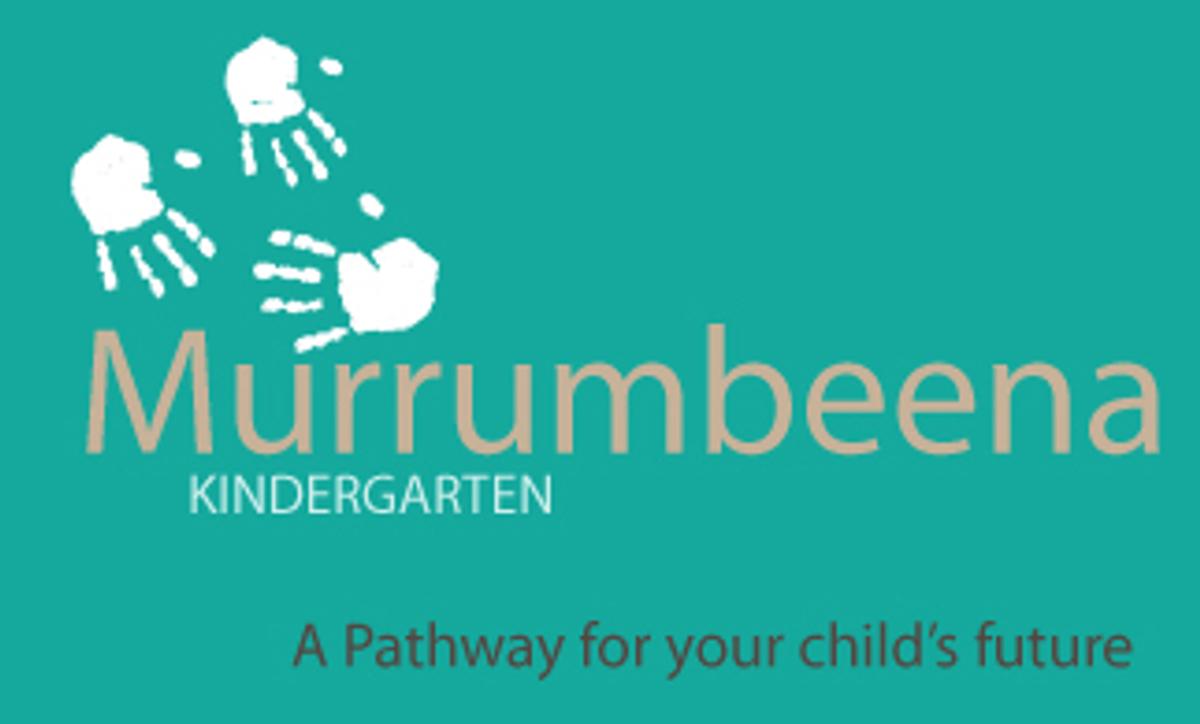GEKA Murrumbeena
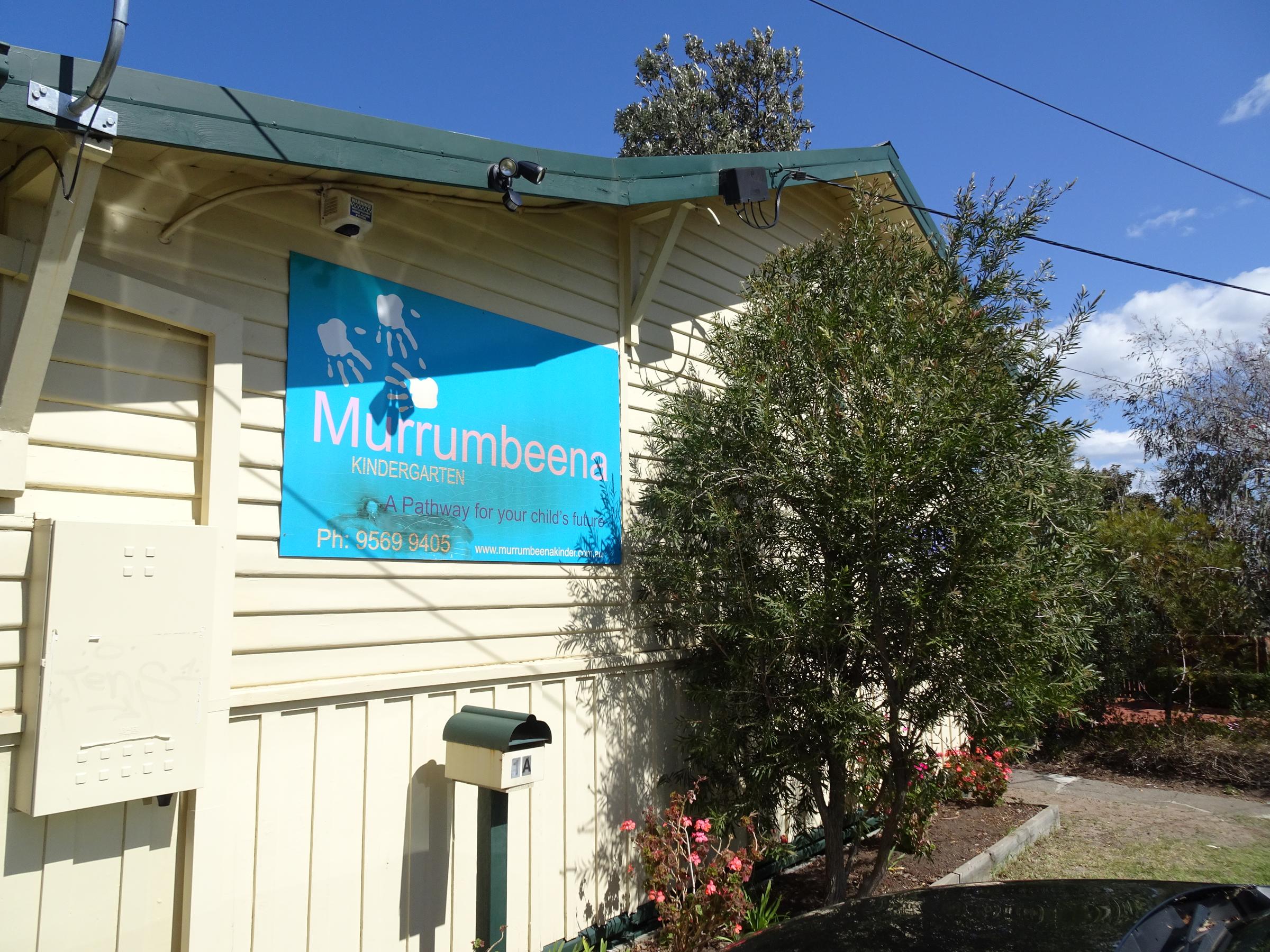
Learnings from The Resilience Project
"Developing skills of Mindfulness, Empathy and Gratitude takes focus, deep thinking and awareness of themselves and those around them. In order to enhance this deeper thinking, it is vital to provide opportunities for children to reflect on their participation in various learning experiences in the program" (The Resilience Project Early Years Educator Resource, p.5).
Echidna Group
Identifying and naming emotions are one of the key learnings we have observed with the children so far. Exploring the names and feelings associated with a range of emotions, and taking a moment to check in with ourselves is something the children have keenly embraced.
Some children regularly use the feelings board to identify how they are feeling throughout the day. Some will ask others how they are feeling and place their name card next to the specified feeling. Others may not choose to register how they feel but will consider the board and ask me who’s name it is and why they feel that way?
Through having the board in the room, conversations about feelings, moods and emotions are occurring far more frequently, and more naturally, amongst the children. In doing so, children are learning to be emotionally literate and being open with the expression of how they feel and why, all of which work towards children developing a positive sense of well-being. Learning to be self-aware, and then how to self-regulate when strong feelings are present, are vital skills for children to learn as part of their emotional development.
Michelle & Helen
What is meditation and why do we do it?
Sam: "meditation is closing your eyes"
Mo: "meditation is being quiet"
Harry B: "for calming down"
Sophie: "to help us relax and sleep at night"
Lawson: "to relax"
Possum Group
The importance of The Resilience Project is to focus on key skills of gratitude, empathy, mindfulness (GEM) and emotional literacy. Upon commencing the project, we have noticed amongst the children an ability for them to remain engaged and attentive to our GEM chats. We note the chats may start with a small group and as the discussion proceeds, the group size increases. It has been interesting how some children make connections from previous GEM chats to current GEM chats. For instance, in explaining the visual metaphor of the mindfulness jar to the children, Luke immediately made the connection to "The Colour Monster" book. This story had a similar visual representation the children recalled and reflected upon.
Finally, I was welcomed the other day by a child in my group named Rain who presented me with a ‘love heart’ she had made. It’s these little signs and gestures that suggests the program is doing its thing, especially in terms of the language used. I asked Rain some questions about this;
Carol: “What did you make?”
Rain: “A heart neck lace”
Carol: “Why did you make it?”
Rain: “Because I love her and to make her feel happy and loved from me”
Carol: ”How do you feel when you come kinder?
Rain: “Excited and loved”.
Carol: ”Do you remember what colours they are?"
Rain: “Purple and orange"
Carol: “Which was your favourite activity?" (referring to our GEM journal)
Rain: “The time keeper, I like the way the pink sand looks when it goes up”
Carol
It is important to have empathy embedded as part of the curriculum, as it helps educators to build a sense of security and helps build stronger relationships with the children, it helps position them well for learning. It also encourages tolerance and acceptance of others. It promotes good mental health and social harmony.
Whereas gratitude is important as it helps increases the ability of children to focus and their ability to remain resilient when learning feels more challenging.
As for having mindfulness practice embedded in the curriculum it is a positive way to encourage social and emotional learning in the program. It also increases awareness and understanding of one's feelings and emotions. As an outcome, children become more engaged and empowered to learn.
Moreover, emotional literacy assists children to develop vocabulary and concepts for them to recognize and identify their own emotions. They are able to describe situations, they may also compare their emotional responses with their friends in the program/classroom.
Jacqui
The kinder classroom is a hive of activity and noise. On any given day you will hear laughter , talking, chatter, singing, and even the occasional loud voices of yelling and crying. The activities in The Resilience Project give an opportunity for the children to find some quiet space and time in their busy day to connect with their state of being. We often pose the question…how are you feeling? We use colours to help the children connect with their emotions.
We use music, storytelling, drawing and painting to create a space for mindfulness and reflection. Many children in the Possums group love to draw. It is an opportunity for them to feel relaxed and calm . It encourages them to be mindful of how they are feeling. Drawing is a wonderful way for children to express their emotions and a great way to initiate conversations with them.
Paula
Koala Group
With the introduction of The Resilience Project, our 3 year old group has been implementing a variety of strategies and activities for children to learn about emotions, feelings, self-regulation, and conflict resolutions. Through these activities, children have learned many ways to identify human emotions, for example, the correlation between facial expressions and emotions, and how to use colours to represent different emotions (eg, red represents sad, green represents fear).
We have also introduced activities to help children learn how to be mindful, respectful and kind. When there’s too much noise inside the room, with some reminders from the educators, children will voluntarily choose alternative activities to calm themselves down. These activities include watching and playing with water glitter jars (through visuals), playing with the wooden marble tree (through sounds), finding a quiet place to read a book, or asking educators to play story CDs.
Here’s a conversation between an educator and a child named Eva about the feeling ‘happy’;
Educator: "How does kinder make you feel?"
Eva: "Kinder makes me feel happy"
Educator: "Why?"
Eva: "Because my friend Ruby plays with me at kinder. I like my friend Ruby. She is kind to me. We love to listen to stories together. We like to draw things together."
Liang and Liz
Family reflections
"Mark and I really liked it. It made for some good tea time conversations and increased our physical activity and mindfulness activities (colouring in really took off!!). We didn’t do the weekend activities they suggested and missed a few other things here and there, but what we did do of the booklet we really enjoyed "
"I received it but haven’t done it yet whoops! I felt there could have been a bit more communication around it as it was just sent home without any instruction etc. I am keen to get into it just haven’t made the time to do it yet"
"We used the book at dinner time for about 2 weeks on and off - this message is a good reminder to bring it out again. It started some really great discussions about ‘what was the best part of your day’ and ‘what are you looking forward to most’ - and sometimes the answers surprised us. Eva loved drawing her day and her feelings. I think if it tied in together with kinder - if we all did the weeks together and the discussion was continued at kindergarten so the kids also reminded us to do the book, that would be fantastic. Eva really enjoyed it"


